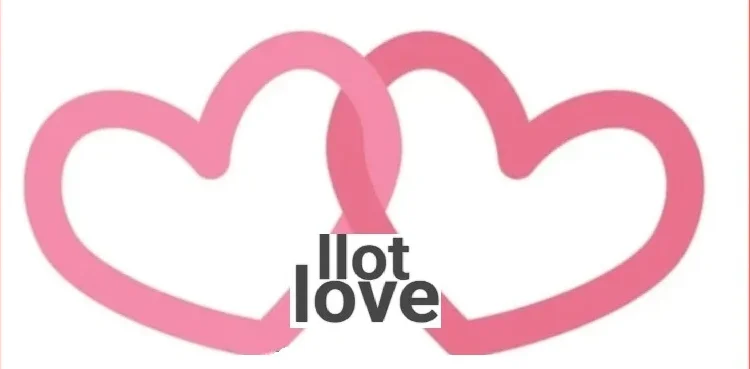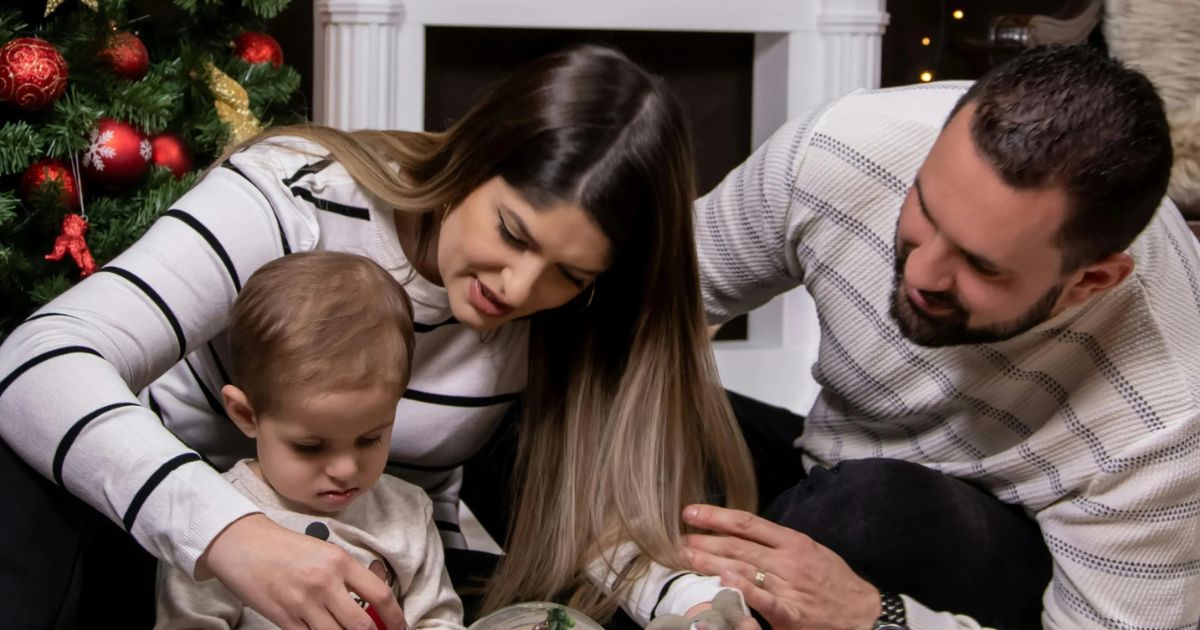
Friendship between men and women is a topic that has sparked debates for decades. In movies, books, and real life, the question lingers: Can men and women truly maintain a platonic relationship, or does attraction inevitably complicate things? In a world of evolving social norms and diverse relationships, it’s time to take a closer look at this age-old question.
A Historical Perspective on Male-Female Friendships

To understand today’s dynamics, it’s essential to examine the past. Historically, relationships between men and women were often defined by roles such as spouses, siblings, or coworkers, leaving little room for platonic connections.
1. Traditional Gender Roles
In many cultures, men and women were expected to maintain separate social circles. These expectations were tied to:
- Work Division: Men and women often worked in distinct spheres, limiting interactions.
- Cultural Norms: Relationships outside marriage were viewed with suspicion.
The Evolution of Social Interactions
As women entered the workforce and gender equality advanced, opportunities for meaningful interactions increased. Today, schools, workplaces, and social settings allow men and women to connect based on mutual interests rather than societal roles.
The Benefits of Cross-Gender Friendships
Friendships between men and women bring unique advantages to both parties.
1. Diverse Perspectives
Cross-gender friendships offer insights into how the opposite gender thinks and feels. This can improve:
- Communication Skills: Understanding gender-specific ways of expressing emotions.
- Problem-Solving: Gaining new approaches to challenges.
2. Emotional Support
Platonic friendships often provide a safe space for sharing emotions without the pressures of romantic involvement.
Example: A male friend may feel comfortable discussing relationship issues with a female friend who offers a different perspective.
H3: 3. Breaking Stereotypes
These friendships challenge outdated ideas that men and women can’t interact without romantic intentions.
Common Challenges in Male-Female Friendships
Despite their benefits, these friendships can face challenges stemming from societal perceptions and personal boundaries.
1. Societal Judgments
People often assume romantic feelings must exist between close male and female friends. This misconception can lead to:
- Gossip or unwanted attention.
- Pressure to clarify the nature of the relationship.
2. Unspoken Romantic Feelings
While platonic relationships are possible, unreciprocated romantic feelings can complicate friendships. This dynamic often involves:
- Unintentional Signals: Friendly gestures being misinterpreted.
- Awkward Conversations: Addressing feelings honestly without damaging the friendship.
3. Jealousy in Romantic Relationships
Partners in romantic relationships may feel insecure about their significant other having a close friend of the opposite sex.
Example: A woman might question her boyfriend’s close bond with a female friend, worrying it could lead to something more.
Can Men and Women Truly Be Just Friends?

The answer depends on several factors, including individual intentions, mutual respect, and clear boundaries.
1. Personal Boundaries
Successful cross-gender friendships rely on setting and respecting boundaries, such as:
- Avoiding overly intimate conversations.
- Being mindful of physical closeness.
H3: 2. Intentions and Transparency
Clear communication about the nature of the friendship helps avoid misunderstandings.
H3: 3. Maturity and Emotional Awareness
Both parties must recognize and address any underlying romantic feelings to maintain a healthy platonic relationship.
H2: Cross-Gender Friendships in Romantic Relationships
Navigating these friendships becomes more complex when one or both friends are in committed relationships.
1. Building Trust with Partners
Open communication is essential to reassure romantic partners about the nature of cross-gender friendships.
Tips for Building Trust:
- Introduce your partner to your friend.
- Be transparent about time spent with your friend.
2. Healthy Boundaries
Avoid behaviors that could be perceived as crossing the line, such as:
- Excessive texting or late-night calls.
- Sharing intimate details about your relationship with your friend.
Why Society Needs to Embrace Cross-Gender Friendships
Breaking down stereotypes about male-female friendships benefits everyone.
1. Encouraging Gender Equality
When men and women form platonic relationships, they view each other as equals rather than potential romantic partners.
2. Broadening Social Circles
Diverse friendships enrich lives by exposing people to different perspectives, experiences, and ideas.
Tips for Maintaining Healthy Cross-Gender Friendships
Here’s how to nurture meaningful and respectful relationships between men and women.
H3: 1. Communicate Openly
Discuss the boundaries and dynamics of the friendship to avoid confusion.
H3: 2. Respect Existing Relationships
Always consider how your friendship might impact your partner or your friend’s partner.
H3: 3. Focus on Shared Interests
Bond over mutual hobbies, professional goals, or shared passions to strengthen your connection.
Real-Life Examples of Successful Male-Female Friendships
Stories of successful platonic friendships can inspire and illustrate what’s possible.
1. Professional Partnerships
Many business leaders credit their success to cross-gender friendships that offered advice, mentorship, and collaboration.
2. Lifelong Friends
Childhood friends of opposite genders often maintain platonic bonds well into adulthood.
Tips and Insights for Building Healthy Male-Female Friendships
To deepen your understanding and help your readers nurture healthy cross-gender friendships, here are additional tips, real-life examples, and actionable insights to enhance your article:
How to Build Trust in Male-Female Friendships

Trust is the foundation of any friendship. Here are practical ways to ensure a strong bond while respecting boundaries:
1. Be Consistent in Your Actions
Consistency builds trust over time. Show your friend that you value the relationship by:
- Keeping your promises.
- Being reliable when they need support.
Example: If you agree to meet for coffee or attend an event together, follow through. Flakiness can erode trust.
2. Foster Emotional Safety
Emotional safety means creating an environment where your friend feels comfortable sharing their thoughts and feelings without fear of judgment.
How to Create Emotional Safety:
- Listen without interrupting or offering unsolicited advice.
- Avoid sharing personal details about your friend with others unless given permission.
3. Be Transparent About Romantic Relationships
If you or your friend is in a romantic relationship, transparency is key to maintaining trust.
Tips:
- Share with your partner about your friendship, ensuring they understand its platonic nature.
- Introduce your partner to your friend to foster mutual trust.
Common Misunderstandings in Male-Female Friendships
Even well-meaning friendships can face misunderstandings. Addressing these proactively helps strengthen the bond.
1. Misinterpreted Gestures
A friendly gesture may sometimes be perceived as romantic interest. To avoid confusion:
- Be mindful of physical touch or overly personal compliments.
- Discuss boundaries if you sense any discomfort.
2. Assuming Romantic Intent
Society often pressures men and women to define their relationship in romantic terms. Counter this by being clear about your intentions.
Example Statement:
“I value our friendship so much. I’m really glad we can connect like this without any expectations.”
3. Partner Insecurities
Romantic partners may feel threatened by a close male-female friendship. Communicating openly about your bond can alleviate these insecurities.
How to Handle It:
- Acknowledge your partner’s feelings.
- Reassure them by involving them in group activities with your friend.
H2: Real-Life Examples of Male-Female Friendships That Work
Sharing real-life stories can illustrate the beauty of cross-gender friendships.
1. Professional Collaborators
Example: A successful business duo, one male and one female, navigate their careers together by offering honest feedback and emotional support while maintaining a strictly professional relationship.
2. Childhood Friends
Example: Two individuals who grew up together remain best friends into adulthood, supporting each other through life changes, marriages, and career challenges without ever crossing romantic boundaries.
3. Supportive Mentors
Example: A female mentor guides her male colleague in navigating a challenging workplace, creating a strong bond of mutual respect.
Overcoming Societal Stigma Around Male-Female Friendships
Breaking stereotypes requires effort from individuals and society as a whole.
1. Encourage Open Conversations
Discussing the value of cross-gender friendships can help normalize them.
How to Start the Conversation:
- Share positive experiences of male-female friendships.
- Challenge misconceptions with examples from your own life or media.
2. Focus on Shared Humanity
Highlight that friendships are about connection, mutual respect, and shared interests—not gender.
3. Celebrate Friendship Role Models
Media often perpetuates the “just friends turning romantic” trope. Promoting stories of purely platonic relationships can challenge this narrative.
Questions to Help Readers Reflect on Their Cross-Gender Friendships
Encourage readers to evaluate their friendships through self-reflection:
- What do you value most about your male-female friendships?
- Are there clear boundaries in place to ensure mutual respect?
- Do your friendships positively impact your life and relationships?
- How do you handle challenges like misinterpreted signals or partner insecurities?
Conclusion: Friendship Knows No Gender
Men and women can absolutely be friends, but like any relationship, these friendships require effort, communication, and respect to thrive. By challenging stereotypes, setting boundaries, and focusing on mutual support, cross-gender friendships can be enriching and deeply rewarding.
In today’s world, where inclusivity and equality are celebrated, embracing these friendships paves the way for more meaningful human connections.



